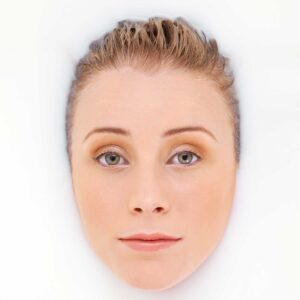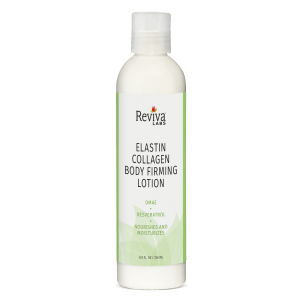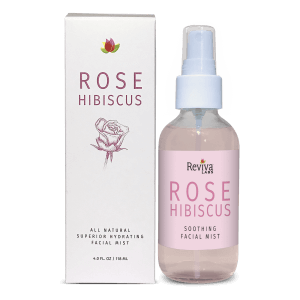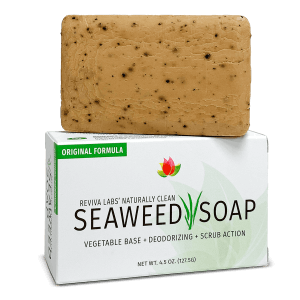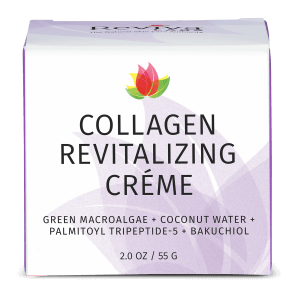Clean Beauty, Skin Care
Is there really a Difference between Facial and Body Skin?
As we go about our daily skincare routines, we often treat the skin on our face and body interchangeably. However, it’s important to recognize that there are significant differences between facial skin and body skin. Understanding these distinctions can help you tailor your skincare regimen to meet the unique needs of each area.
Before delving into the differences between facial and body skin, it’s essential to understand the basic structure of the skin. The skin is composed of three primary layers: the epidermis, dermis, and hypodermis.
The Layers of Skin
The epidermis, the outermost layer of the skin, serves as a protective barrier against external factors. It consists of several sub layers, including the basal cell layer and the stratum corneum.
The stratum corneum is the outermost layer of the epidermis. It acts as a waterproof barrier and prevents the entry of foreign substances into the skin. There is also a lipid layer that helps retain moisture and protect against water loss.
The innermost layer of the epidermis is called the basal cell layer. It contains various types of cells responsible for the skin’s color, touch sensation, and protective functions.
Keratinocytes, which make up around 90% of epidermal cells, undergo constant division, replacing older cells with new ones. Melanocytes produce melanin, determining skin and hair color, while Langerhans cells play a role in immune responses. Additionally, Merkel cells are specialized nerve endings responsible for touch detection.
The next layer down is the dermis, which is made up of connective tissue, blood vessels, sweat glands, sebaceous glands, hair follicles, and nerve endings.
The hypodermis, or subcutaneous layer, lies beneath the dermis and consists of adipose tissue, which serves as insulation and energy storage. The thickness and distribution of adipose tissue can vary based on genetic and environmental factors such as diet and exercise. The hypodermis is thickest in specific regions, such as the thighs, hips, and buttocks in females and the abdomen and thighs in males. In both sexes, the cheeks have a thicker hypodermis compared to other facial areas.



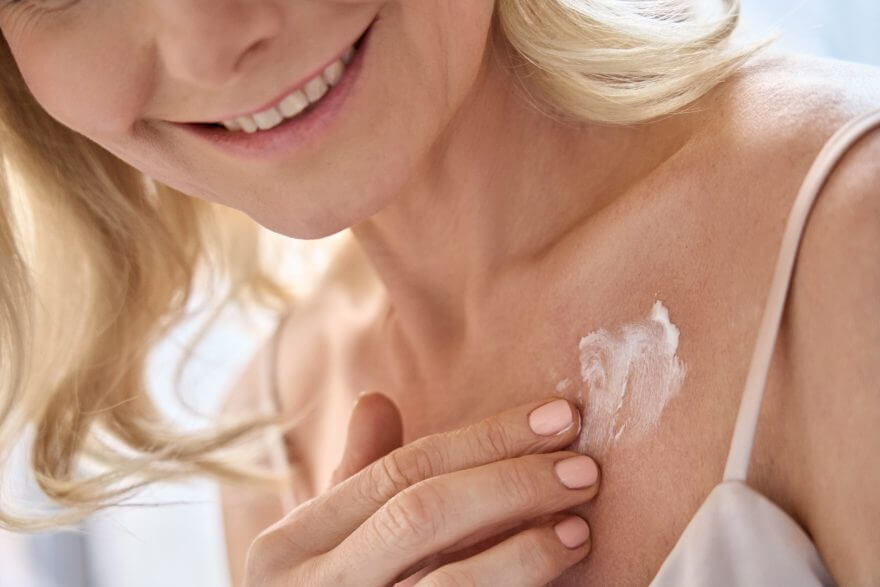

Key Differences between Facial and Body Skin
1. Facial skin tends to have a thinner epidermis than the rest of the body making it more sensitive and delicate than body skin. Due to having fewer layers of cells, the epidermis more susceptible to damage from external factors such as UV radiation and harsh skincare products. The thinness of facial skin also affects its ability to retain moisture, making it prone to dryness and dehydration.
2. Sebaceous glands, usually attached to hair follicles, produce sebum, an oily substance that lubricates and waterproofs the skin. The face has a higher concentration of sebaceous glands compared to other body areas. The nose, forehead and cheek area typically have more oil glands and can produce excessive sebum leading to oily skin and contributing to acne and clogged pores.
3. Facial skin has a higher density of sweat glands. Sweat helps regulate body temperature by evaporating from the skin’s surface, cooling the body down. However, excessive sweating can lead to a shiny complexion and potential skin irritation.
4. Compared to facial skin, body skin is generally thicker and more resilient. It has a greater number of cell layers in the epidermis, providing additional protection against mechanical stress and external factors. This resilience allows body skin to handle more aggressive treatment regimens and tolerate harsher environmental conditions.
5. One noticeable difference between facial and body skin is the size of the pores. Body skin typically has larger pores than facial skin. This difference is due to the higher concentration of sebaceous glands in the body, which produce more sebum and can lead to larger pore openings.
6. Body skin contains a higher density of hair follicles compared to facial skin. These hair follicles play a role in regulating body temperature and provide enhanced sensitivity to touch. The presence of more hair follicles can also contribute to specific skin concerns, such as folliculitis or ingrown hairs.
Skincare Regimen: Facial vs. Body
Recognizing the variations between facial and body skin is crucial for developing an effective skincare regimen. Tailoring your routine to address the unique needs of each area can help maintain healthy and radiant skin.
Facial Skincare Tips
- Gentle Cleansing – Use a mild and non-irritating cleanser specifically formulated for facial skin. Avoid harsh scrubbing or abrasive exfoliation, as this can damage the delicate skin barrier.
- Moisturize Regularly: Facial skin tends to be drier than body skin, so it’s essential to use a moisturizer suitable for your skin type. Look for lightweight, non-comedogenic formulas that provide hydration without clogging pores.
- Sun Protection – Protect your face from harmful UV rays by applying a broad-spectrum sunscreen with at least SPF 30 daily. Reapply throughout the day, especially if you spend extended periods outdoors.
Body Skincare Tips
- Cleansing Practices – Use a gentle body wash or soap to cleanse your skin, paying attention to areas prone to breakouts or excessive sweating. Avoid using harsh scrubs or loofahs, as they can irritate the skin and disrupt its natural moisture balance.
- Exfoliation – Regular exfoliation can help remove dead skin cells and unclog pores. Consider using a body scrub or exfoliating gloves once or twice a week, focusing on rougher areas like elbows, knees, and feet.
- Moisturization – After showering, apply a hydrating body lotion or cream to lock in moisture and keep your skin soft and supple. Look for ingredients like hyaluronic acid or ceramides to boost hydration.
Use targeted ingredients to address body acne with ingredients like salicylic acid, benzoyl peroxide, or retinol-based products. For deep hydration or stretch marks, look for moisturizers with ingredients like cocoa butter or vitamin E to help improve the appearance of the skin.
Understanding the differences between facial skin and body skin is essential for developing an effective skincare routine. While both areas share similarities, they have distinct characteristics that require tailored care. By recognizing these distinctions and implementing the appropriate skincare practices, you can maintain healthy, radiant skin across your entire body.






